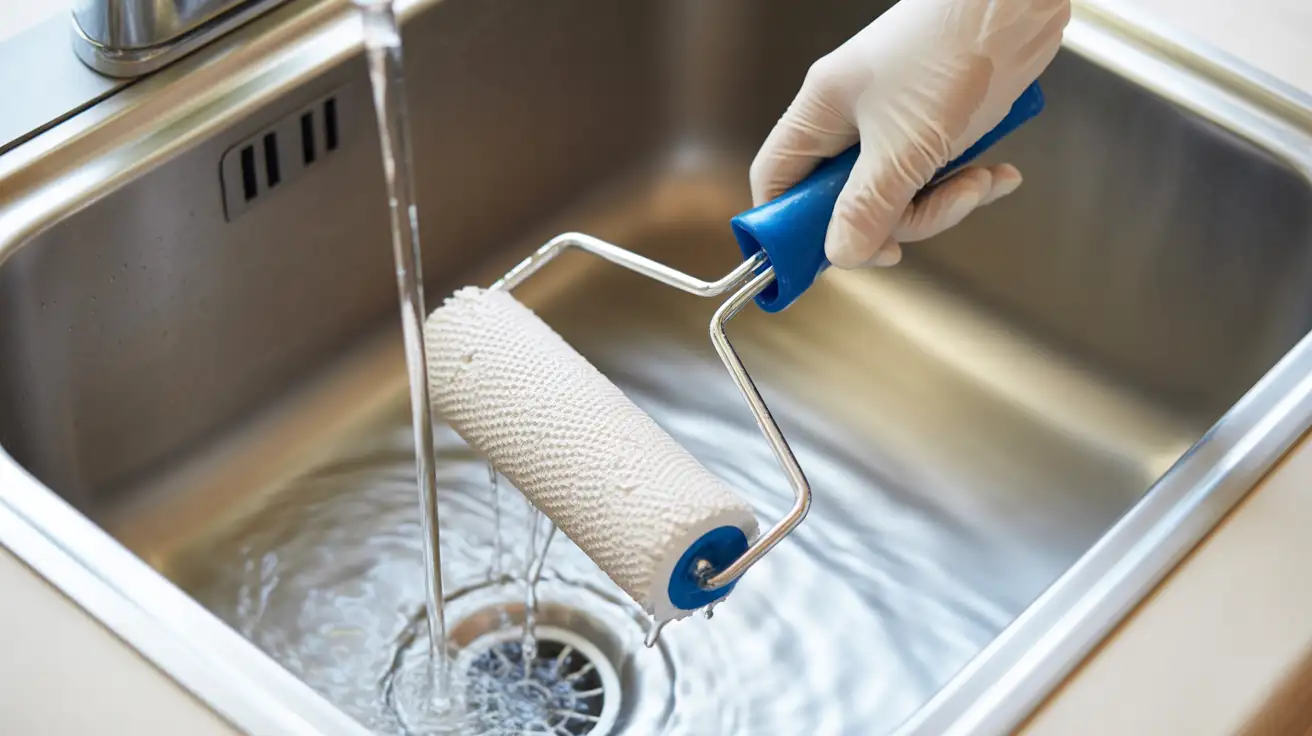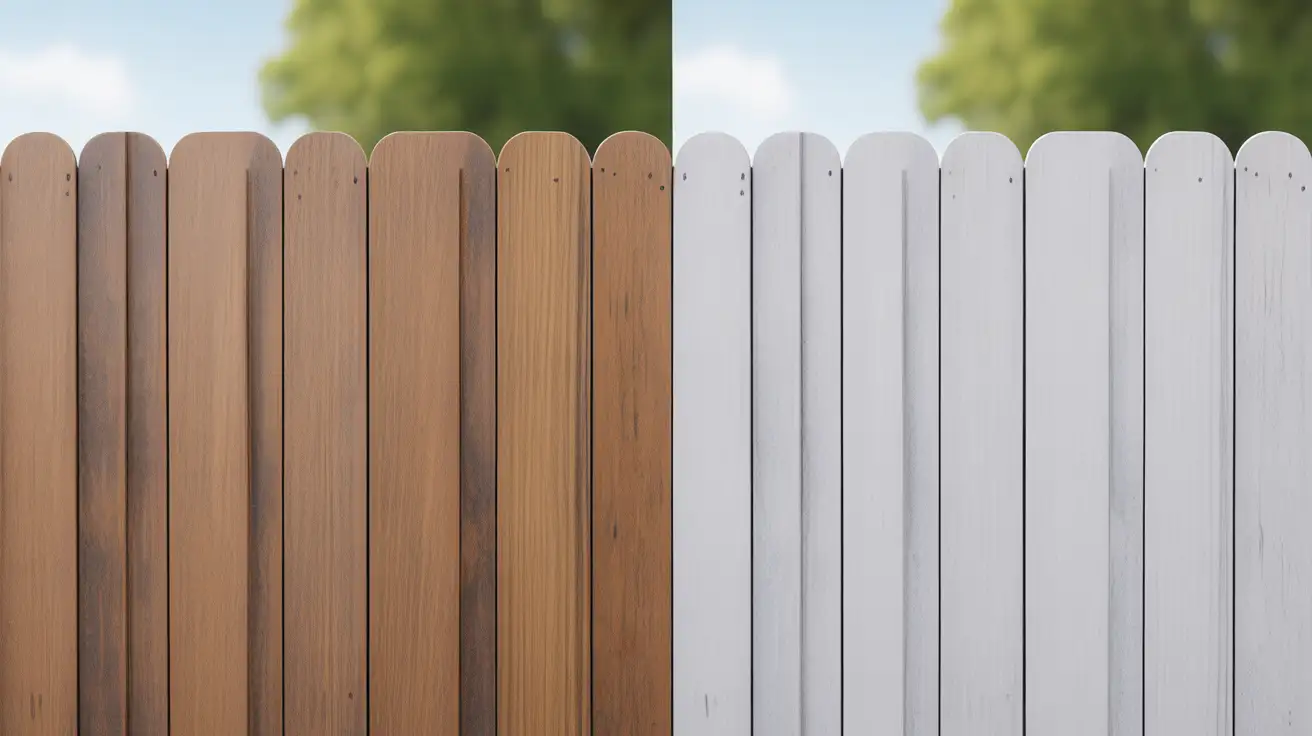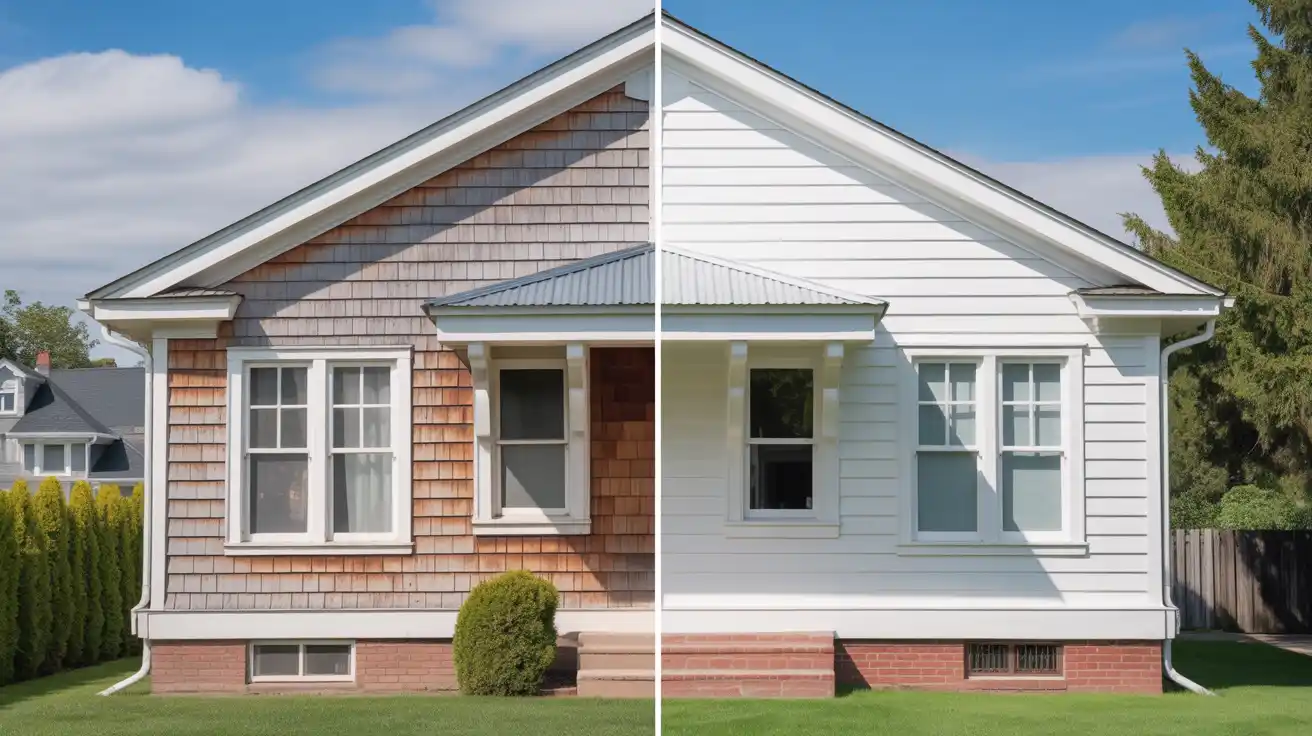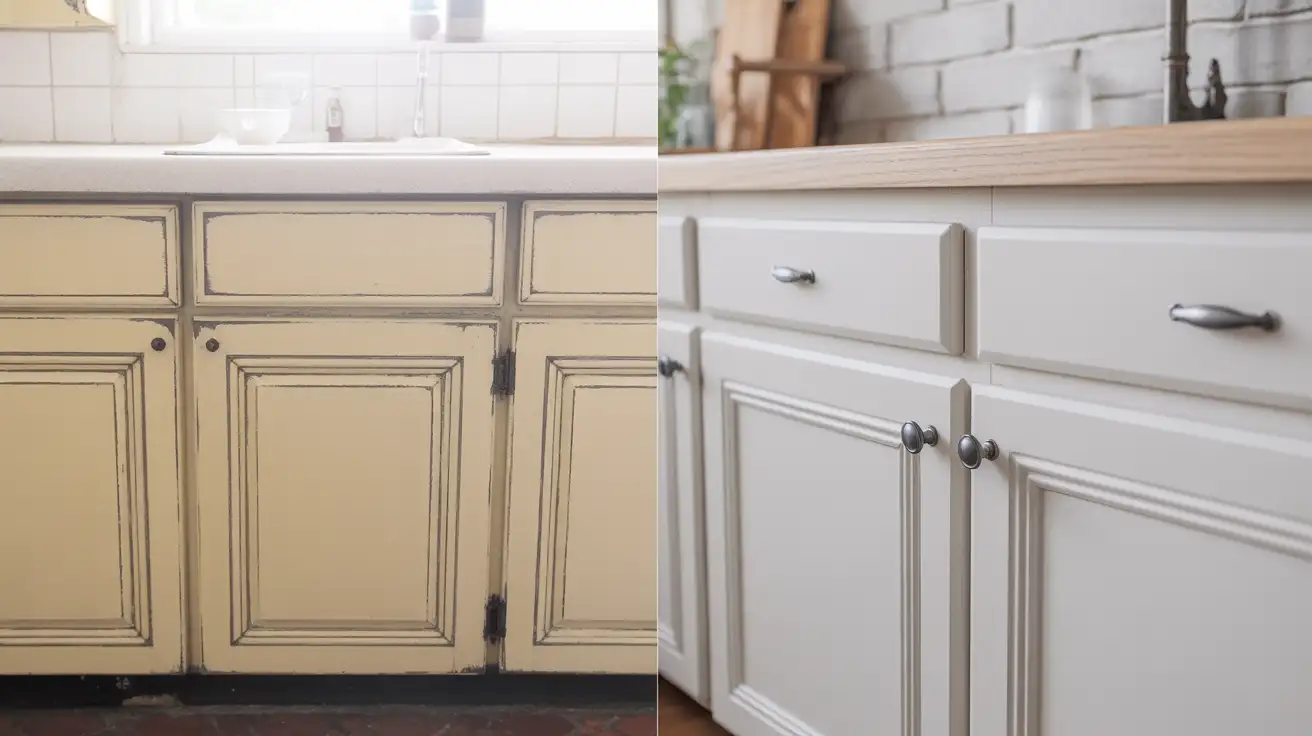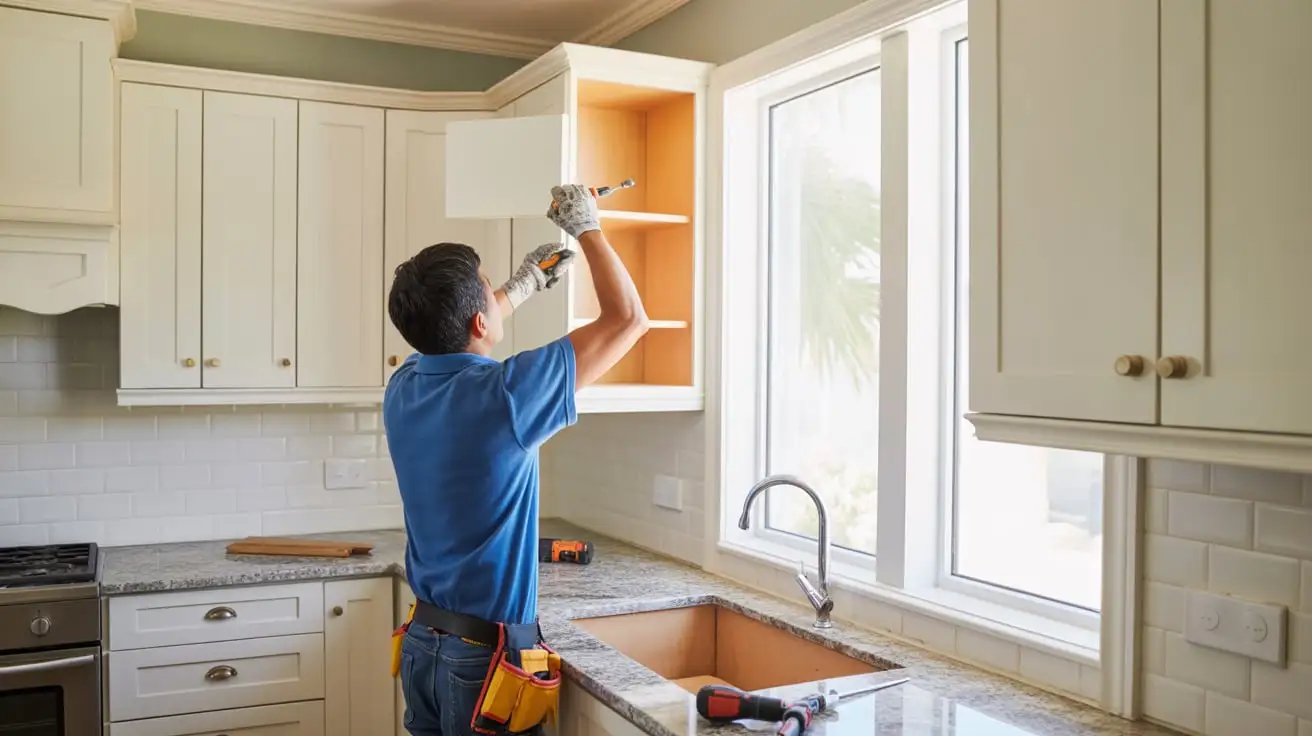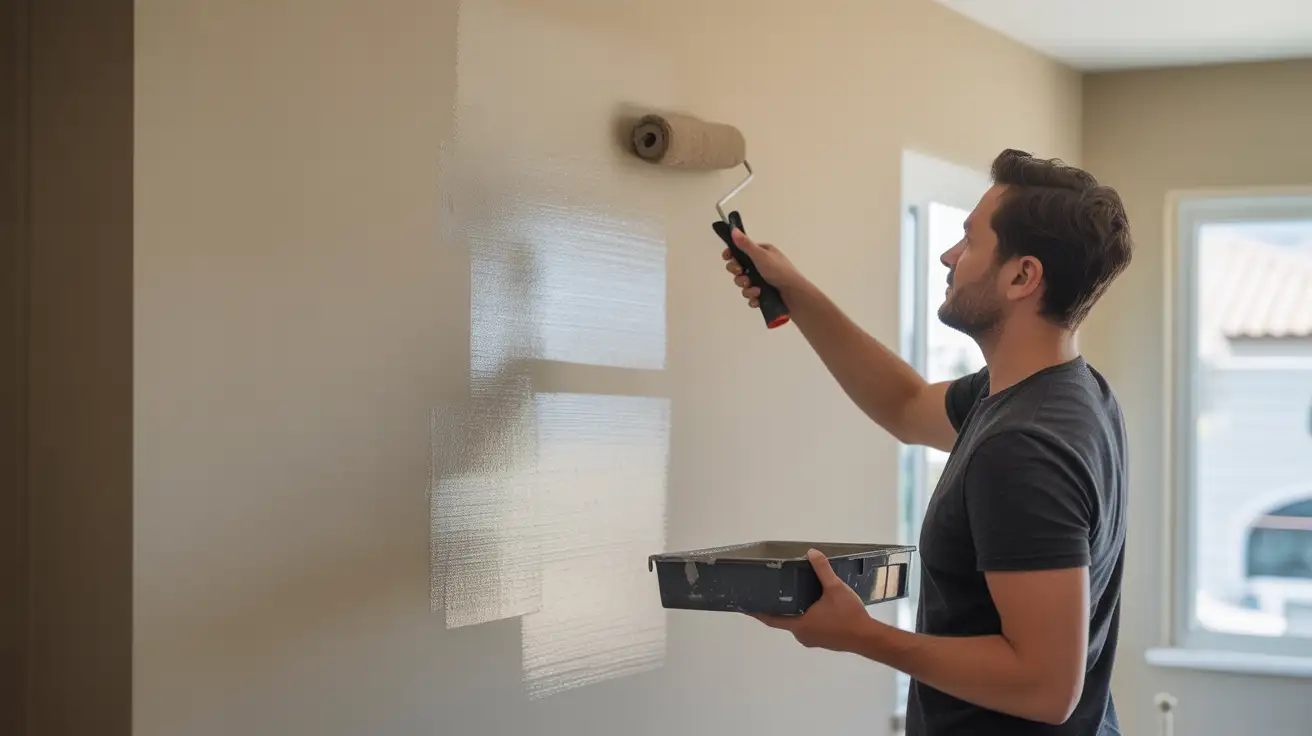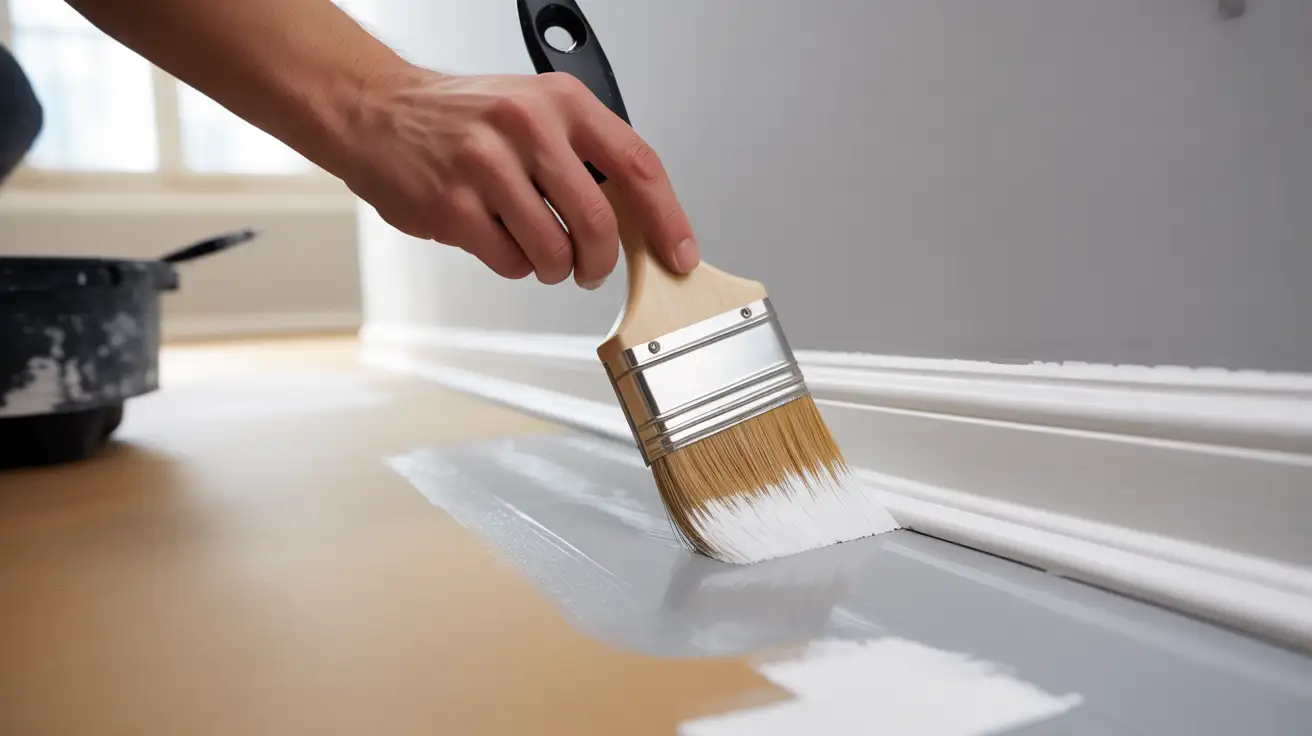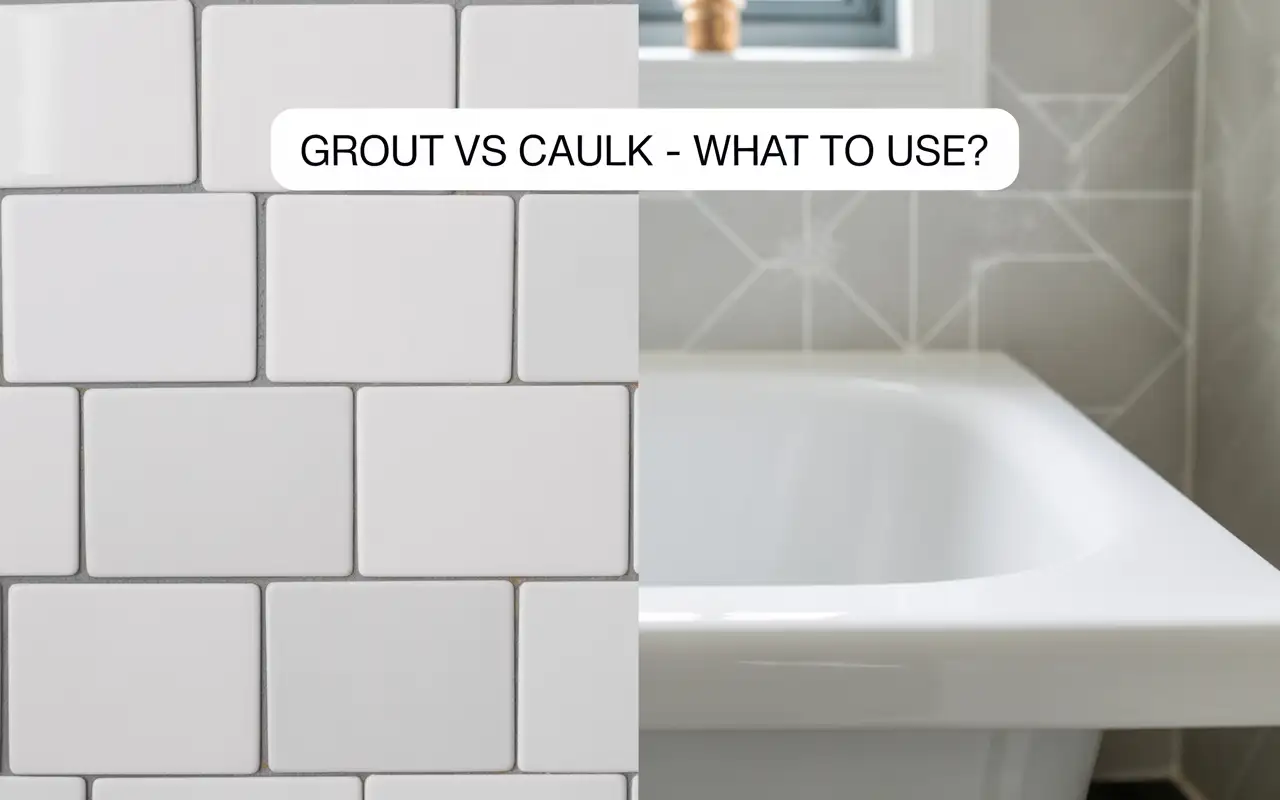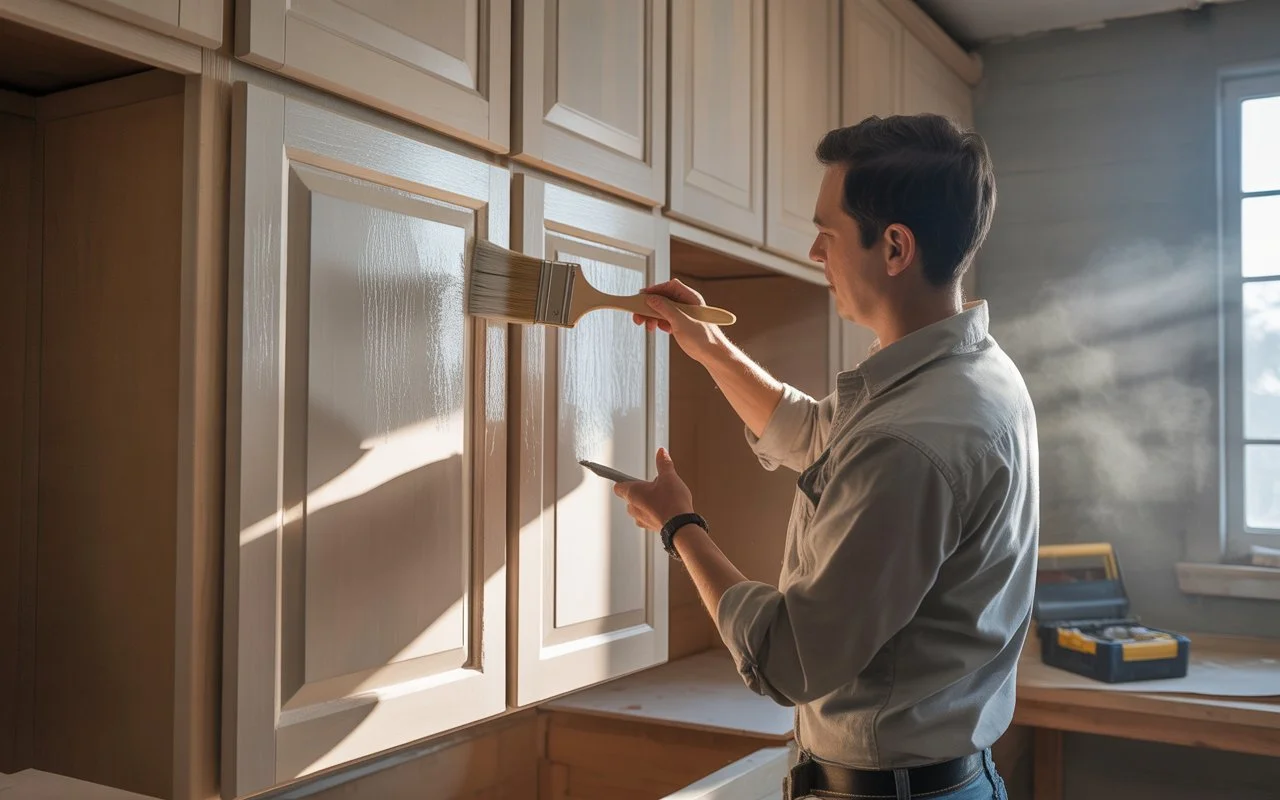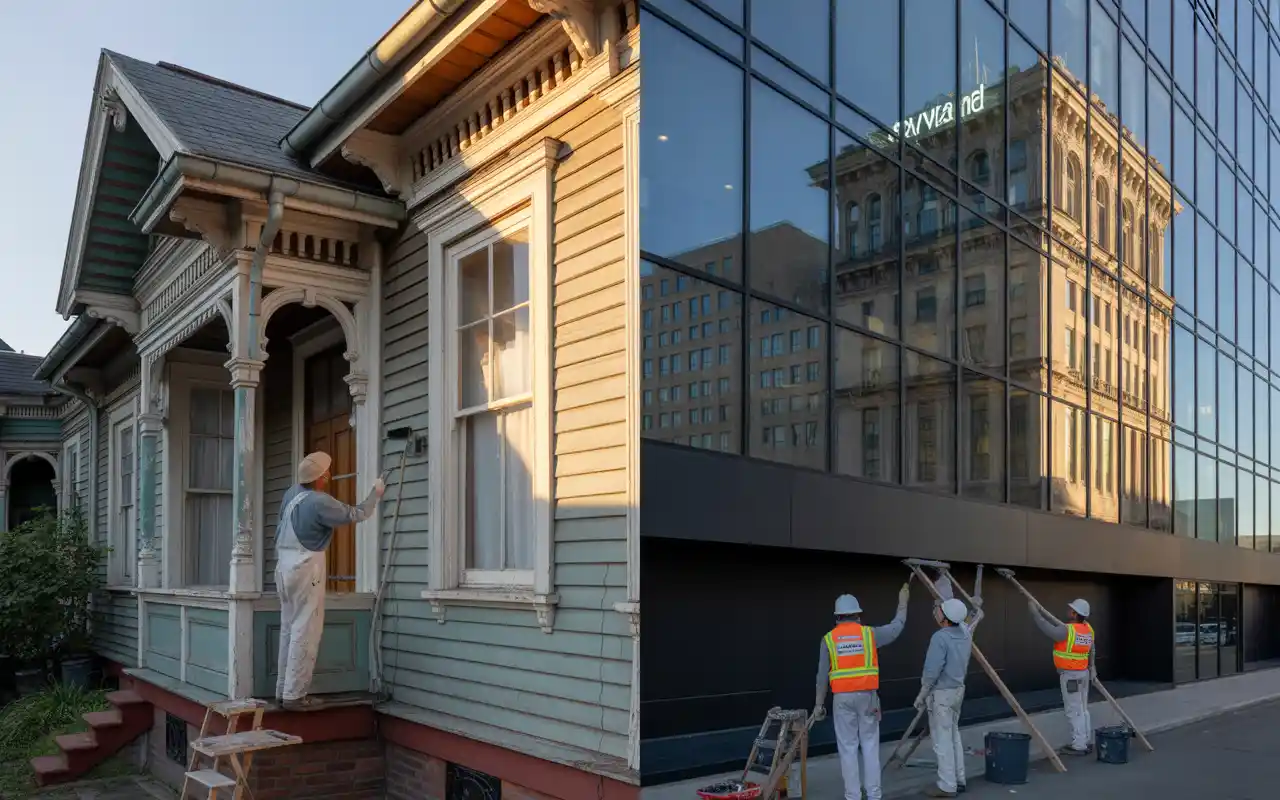How to Clean Paint Rollers & Reuse Them 10+ Times (2025)
Painting a room or refreshing your cabinets is rewarding, but cleanup often feels like a chore. Learning how to clean paint rollers correctly is essential for any project. Clean rollers save you money because you can reuse them, and they guarantee a smooth, flawless finish on your next job. This in-depth guide is based on years of professional experience. We will share proven methods and natural ways to clean paint roller covers, ensuring they last for multiple uses. We will also cover the real cost of cleaning versus replacement, so you make the smartest choice for your home. The Importance of Cleaning Paint Rollers Dirty rollers ruin your next paint job. Old paint debris creates bumps and streaks on fresh walls. Paint that dries in the roller fibers makes them stiff and useless. Regular cleaning extends the life of your painting tools. A $12 roller cover that you clean after each use can last through an entire house renovation. Compare that to buying new covers every time you’d spend $60-120 on a full home project. Clean tools also work better. Fresh roller fibers hold more paint and spread it evenly. You’ll finish faster with better results. When to Replace Instead of Clean: Fibers are shedding or falling apart Paint won’t come out after 15 minutes of washing The roller cover is flattened or misshapen You see dried paint chunks stuck in the nap For oil-based paint projects, many painters buy cheap roller covers ($3-5) and toss them. The cost of mineral spirits ($12-15 per gallon) plus disposal fees makes cleaning less practical. What You’ll Need For Water-Based Paint: 5-gallon bucket Dish soap Putty knife or 5-in-1 tool Wire brush Rubber gloves Old newspapers Hot water (140-160°F works best) For Oil-Based Paint: Mineral spirits ($12-15 per gallon) Disposable container Putty knife Rubber gloves Safety glasses Old rags Bucket for final wash Storage Supplies: Plastic wrap or plastic bags Clean paper towels Dry storage space The total cost for cleaning supplies runs about $15-20. These materials handle dozens of cleaning sessions. How to Clean Paint Rollers: Step-by-Step Process Cleaning Water-Based Paint (Latex, Acrylic) Step 1: Remove Excess Paint Immediately Time matters with paint roller cleaning. Latex paint dries in 30-60 minutes, so start cleaning right away. Hold your roller over the paint tray. Use a putty knife to scrape excess paint back into the can. Work from top to bottom in smooth strokes. This recovers about 2-3 ounces of paint per roller. Roll the remaining paint onto old newspapers until the roller stops releasing color. This step alone removes 70-80% of the paint. Step 2: Separate and Clean the Roller Frame Pull the roller cover off the frame. Don’t skip cleaning the frame; dried paint here ruins the spinning action. Fill a bucket with hot water and add 2-3 drops of dish soap. Too much soap creates foam that makes rinsing harder. Scrub the roller cage and handle with a wire brush. Pay attention to the end caps where paint collects. Rinse under running water and set aside to dry. Step 3: Wash the Roller Cover Submerge the roller in your bucket of warm water and soap. Use your gloved hands to massage the paint out of the fibers. Work from one end to the other in a squeezing motion. The water will turn cloudy with paint. That’s normal. Keep working the roller for 3-5 minutes. You’ll feel the fibers soften as paint releases. For stubborn spots, hold the roller under running water while squeezing. The pressure helps push paint out of deep fibers. Step 4: Rinse the Roller Thoroughly Rinse under clean running water for 2-3 minutes. Squeeze the roller as water flows through it. Keep rinsing until the water runs completely clear. Check for paint streaks by squeezing the roller over white paper. If you see any color, rinse more. Step 5: Remove Excess Water Shake the roller vigorously to remove excess water. Do this outside or in a tub water will spray everywhere. Spin the roller on its frame 10-15 times. This centrifugal force pulls water out of the core. Step 6: Dry the Roller Properly Never lay a wet roller flat. This flattens the fibers and creates lines in your next paint job. Stand the roller upright on one end, or hang it from a wire. Air circulation is key, drying takes 24-48 hours depending on humidity. Speed up drying by placing the roller near a fan (not a heater). Direct heat can melt synthetic fibers. Step 7: Clean the Paint Tray Scrape dried paint from the tray edges with your putty knife. Wash with hot soapy water and a scrub brush. For plastic trays, you can let thin latex paint dry completely, then peel it off in one sheet. This works about 60% of the time. Metal trays need immediate washing. Dried paint is much harder to remove from metal. Cleaning Oil-Based Paint Oil-based paint requires solvents. Water won’t work because oil and water don’t mix. Safety First: Work in a ventilated area Wear rubber gloves and safety glasses Keep mineral spirits away from flames Step 1: Remove Excess Paint Scrape excess paint back into the can using a putty knife. This saves expensive mineral spirits. Step 2: First Solvent Bath Pour mineral spirits into a disposable container just enough to submerge the roller. You’ll need about 1-2 cups. Work the roller in the solvent for 5-8 minutes. Squeeze and massage to release paint. The liquid will turn cloudy with paint. Remove the roller and squeeze out the dirty solvent into a separate container for disposal. Step 3: Second Solvent Rinse Rinse the roller in fresh mineral spirits. This removes the last paint residue. Use about 1/2 cup for this step. Step 4: Soap and Water Finish Fill a bucket with warm water and dish soap. Give the roller a final wash to remove solvent smell and residue. Rinse well under running water. The roller should feel clean and soft. Step 5: Dry and Store Remove

